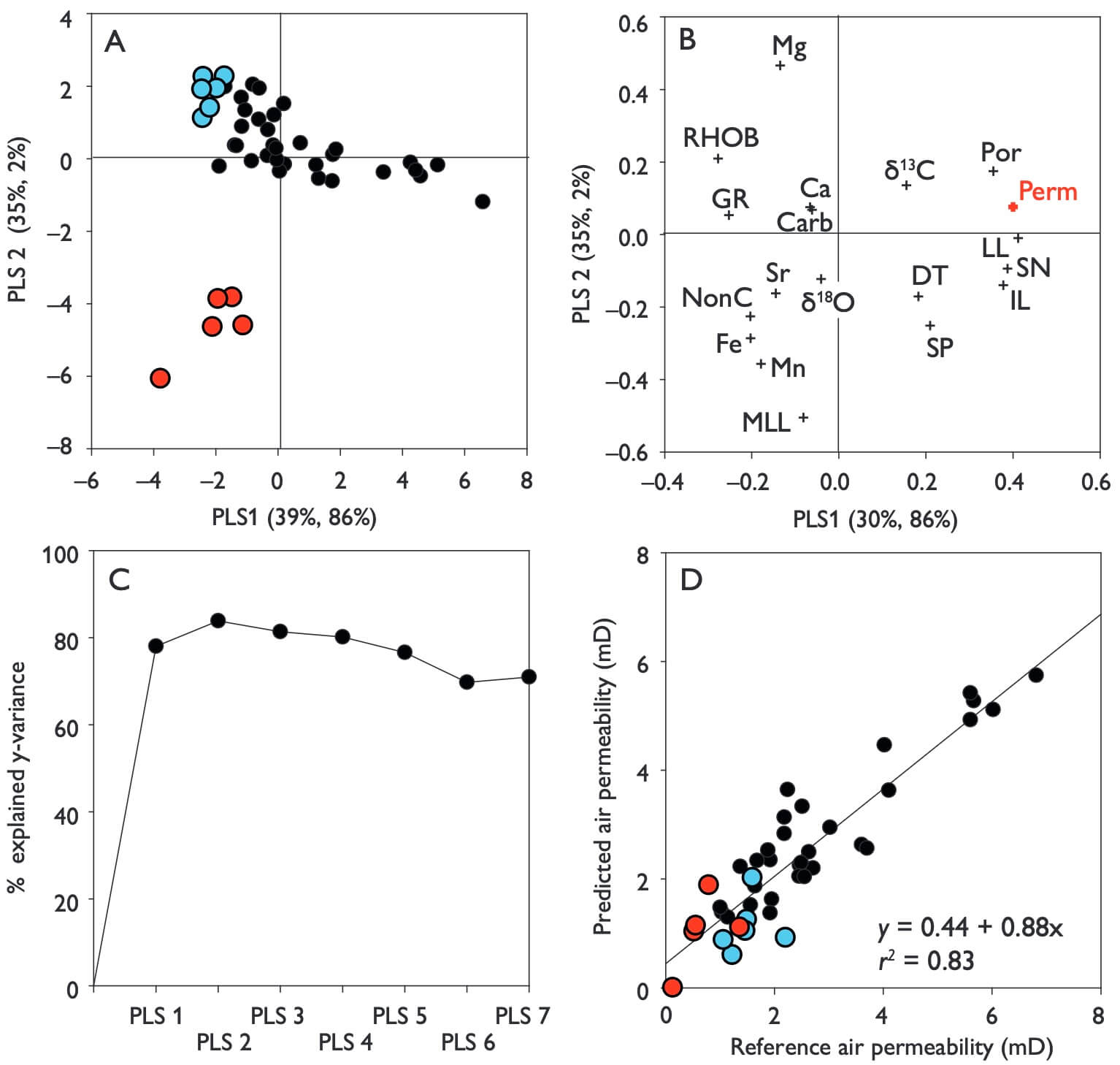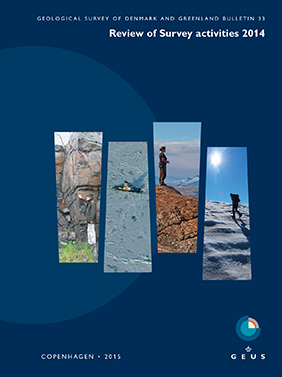
How to Cite
Share
Abstract
Permeability in chalk depends primarily on porosity but also on other factors such as clay and quartz content, and can theoretically be described by the Kozeny equation using empirically determined constants (Mortensen et al. 1998; Røgen & Fabricius 2002). Recent attempts to predict permeability from wire-line logs have shown that compressional velocity within operative chalk units, defined by specific surface and hydraulic properties established from stratigraphy and core plugs, can provide excellent well permeability predictions (Alam et al. 2011). High-quality predictions depend on a solid knowledge of a multitude of parameters of the relevant ‘operative rock types’. The more detailed this a priori knowledge is, the better predictions can be achieved. But this approach may, or may not, be fast enough for wellsite operations or when core data are lacking. In this study, we illustrate a situation for direct permeability prediction if only well-site, wire-line logs are available.
How to Cite
Share
Downloads
Editors Ole Bennike, Adam A. Garde and W. Stuart Watt
This Review of Survey activities presents a selection of 20 papers reflecting the wide spectrum of activities of the Geological Survey of Denmark and Greenland, from the microscopic to the plate-tectonic level.
The Survey’s activities in Denmark are illustrated by eight articles [...]










